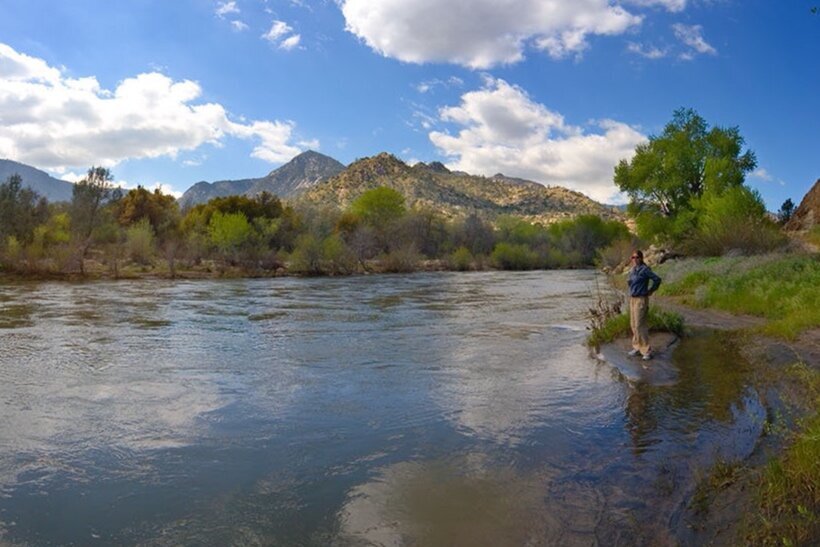the issues
Privatization of Public Water
The Problem:
A small group of landowners in Kern County control enough water to meet the needs of 10 million people—25% of California’s ratepayers—and are using it to enrich themselves.
The Solution:
C-WIN is in the courts to correct the egregious effects of the “Monterey Amendments” to State Water Project contracts.
The Kern Water Bank is an integral part of California’s public water delivery system. It could store large amounts of water for times of drought or natural disasters such as fires or earthquakes. Instead, it’s being used to provide a handful of private corporations the keys to a virtual “switchyard” for controlling water deals between agribusinesses and real estate developers.
The Kern Water Bank
A Public Asset Controlled by Private Interests
The Kern Water Bank is an underground water storage facility—the largest of its kind—situated at the southern tip of the Great Central Valley, the region where the state delivers 80 percent of its surface water to agriculture. The water bank is connected to the public canals and aqueducts that pipe water from the Sierra Nevada mountains to Southern California.
The water bank can store about 1.5 million acre-feet of water and pump out over 200,000 acre-feet a year. 200,000 acre-feet is about what 2.1 million ratepayers use in a year.
The Monterey Amendments. In 1994 during a secret meeting in Monterey, the DWR gave the Kern Water Bank to the Kern County Water Agency, who immediately signed it over to the Kern Water Bank Authority, a supposedly public entity comprised of a collection of water districts and one private company: Westside Mutual Water Company. Westside is controlled by the largest agribusiness in the United States: Paramount Farming Company.
Why We Shouldn’t Privatize Water
Access to fresh water is a basic human right and a public resource that belongs to all Californians. The infrastructure built to move water all over our state is paid for by the people: ratepayers and taxpayers.
In times of scarcity, decisions about who gets water are a public concern. There are laws and policies in place—created with public input—that guide these decisions.
The Kern Water Bank is not controlled by the people who paid for it, nor is it being managed in the interest of the public. In times of adequate supply, the water is being sold to developers and used to increase the private farming operations of a few industrial-scale farmers. In times of scarcity, the water is being sold back to the urban users of California who have already paid for it—to the tremendous financial benefit of the small group of landowners that control the Kern Water Bank and at tremendous cost to the public and detriment of the environment.
This small group of landowners controls enough water to meet the needs of a quarter of California’s ratepayers: over 10 million people. Learn More →
Photo: From Water and Power: A California Heist, a film by Marina Zenovich
Panorama of the upper fork of the Kern River. Photo: Roger Howard
C-WIN is Fighting to Return the Kern Water Bank to the Citizens of California
C-WIN has been fighting the giveaway of this critical public resource since 1994. We have standing in several law suits to return the Kern Water Bank to the public. Returning the Kern Water Bank is only one part of our larger strategy to eliminate the problem of “paper water”—the allocation of water that doesn’t exist—and correcting water policy in California for the public good. The law is on our side, and we will win this fight.
What Can I Do?
Educate yourself. Speak out. Ask tough questions of the government officials and agencies responsible to California citizens.
Watch this National Geographic film: Water and Power: A California Heist by Marina Zenovich.
Read this paper: Water Heist: How Corporations are Cashing in on California’s Water by journalist John Gibler of Public Citizen.



